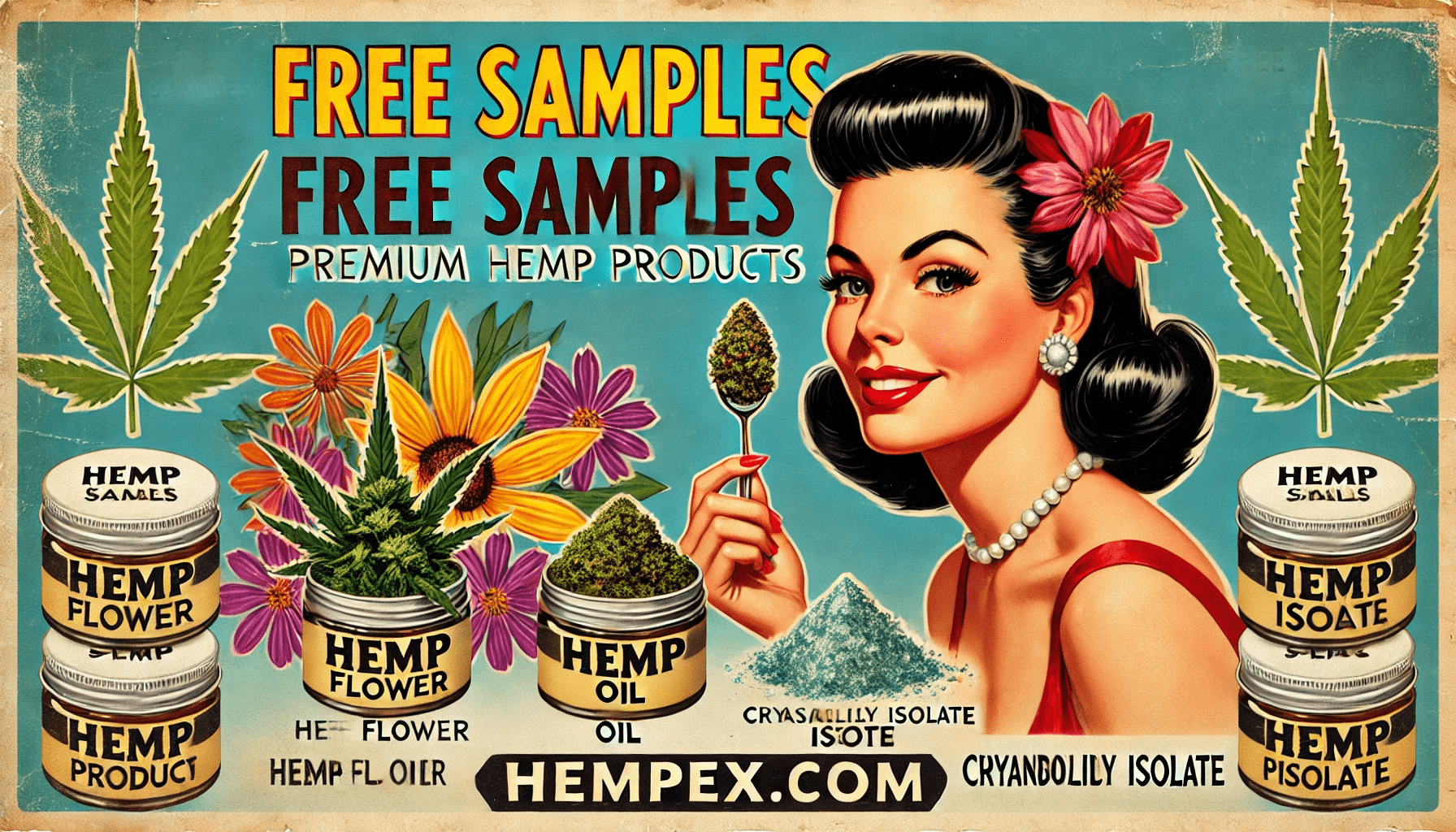CBDV Hemp Processing: From Plant to Premium Products
CBDV (Cannabidivarin) is a unique non-psychoactive cannabinoid gaining traction in the hemp industry due to its potential therapeutic benefits and versatility in product development. Understanding how CBDV hemp is processed from cultivation to final products like tinctures, oils, and isolates is essential for both consumers and businesses in the industry.
This article will guide you through the key stages of CBDV hemp processing, including biomass harvesting, extraction methods, and the steps necessary to create high-quality CBDV products.
What is CBDV Hemp Processing?
CBDV hemp processing refers to the entire workflow, from cultivating CBDV-rich hemp strains to refining the cannabinoids into usable products. This multi-step process ensures that the cannabinoids, terpenes, and other beneficial compounds are preserved, allowing manufacturers to create high-quality products such as tinctures, distillates, isolates, and extracts.
1. Cultivating CBDV-Rich Hemp Strains
To start the process, farmers select and cultivate CBDV-rich hemp strains. These strains are carefully chosen based on their ability to produce high concentrations of CBDV while maintaining compliant levels of THC (<0.3%). The success of the entire processing cycle depends on selecting the right strains and cultivating them under optimal growing conditions.
•High-CBDV strains: Bred specifically to maximize CBDV content.
•THC compliance: Ensuring that THC levels stay below the legal threshold.
2. Harvesting CBDV Hemp Biomass
Once the hemp plants reach their peak CBDV content, they are harvested. Timing is critical—harvesting too early or too late can reduce the CBDV potency. Farmers aim to preserve the maximum amount of cannabinoids during this stage, focusing on careful harvesting techniques.
•Optimal harvest time: Crucial for maintaining CBDV levels.
•Manual vs. mechanical harvesting: Depending on the scale of the operation, different methods may be used to ensure minimal damage to the plant.
3. Drying and Curing CBDV Hemp
After harvesting, the hemp plants must be properly dried and cured to prevent mold and degradation of cannabinoids. This step is essential for preserving the CBDV content and maintaining the quality of the biomass.
•Drying: Reduces moisture content and preserves cannabinoid integrity.
•Curing: Enhances flavor, aroma, and potency by allowing the hemp to stabilize over time.
4. Extraction of CBDV from Hemp Biomass
CBDV extraction is one of the most critical phases of hemp processing. Various extraction techniques can be used to isolate the CBDV from the plant material. The two primary methods are CO2 extraction and ethanol extraction.
CO2 Extraction:
•CO2 extraction is the preferred method for creating full-spectrum and broad-spectrum CBDV extracts. It’s a clean, solvent-free process that preserves the plant’s cannabinoid and terpene profiles.
Ethanol Extraction:
•Ethanol extraction is a more scalable option, often used for bulk production. It involves soaking the biomass in ethanol to dissolve the cannabinoids, followed by refinement steps to remove any residual solvents.
Both methods are effective, but CO2 extraction is often favored for its purity and ability to produce high-quality products without the need for additional solvents.
5. Winterization and Distillation
Once the CBDV oil has been extracted, it goes through a series of refinement steps to remove impurities such as fats, waxes, and plant matter. These steps include winterization and distillation.
•Winterization: This process removes plant waxes and fats, resulting in a cleaner, more potent extract.
•Distillation: Further purifies the extract by separating cannabinoids from other compounds, creating a highly concentrated CBDV distillate.
6. Product Formulation
After extraction and refinement, the final CBDV products are formulated. These products include CBDV tinctures, oils, edibles, vape oils, and topicals. At this stage, the CBDV oil can be mixed with carrier oils (such as MCT oil or hemp seed oil) to create finished products for the consumer market.
Why Choose CBDV Hemp Products?
CBDV has been researched for potential therapeutic applications, including relief from inflammation, anxiety, and seizures. Its non-psychoactive properties make it an attractive option for those seeking the benefits of cannabinoids without the intoxicating effects of THC.
•Non-psychoactive: Provides therapeutic benefits without a “high.”
•Therapeutic potential: Ongoing research suggests CBDV could help with inflammation, neurological conditions, and anxiety.
•Versatile product range: From tinctures to topicals, CBDV can be incorporated into a wide range of products.
Conclusion
CBDV hemp processing is a complex but essential series of steps designed to create high-quality, potent CBDV products. From cultivating CBDV-rich strains and carefully harvesting the biomass to advanced extraction methods like CO2 extraction and the final refinement stages, each step plays a vital role in preserving the beneficial properties of CBDV. At Hempex.com, we ensure that every part of the process meets industry standards for purity, potency, and safety.

